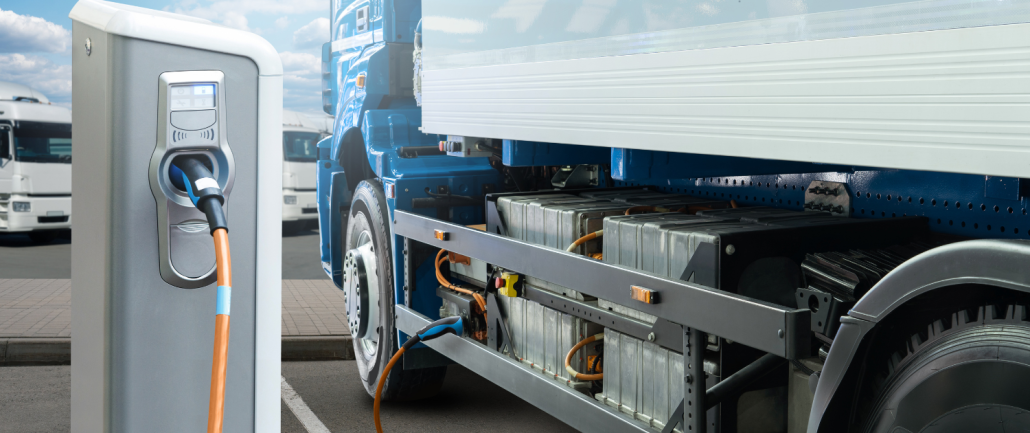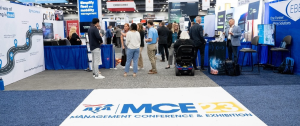
The National Motor Freight Traffic Association (NMFTA) has announced major updates to the National Motor Freight Classification (NMFC) system, set to take effect with Docket 2025-1 on July 19, 2025. These changes are designed to modernize freight classification, improve accuracy, and simplify the process for shippers and carriers in the less-than-truckload (LTL) industry.
Understanding these changes is crucial for trucking companies, as the NMFC system plays a vital role in determining freight classes, which in turn impact pricing, shipping efficiency, and compliance.
Here’s what we know so far and how companies can prepare for the upcoming adjustments.
Key Changes to NMFC in 2025
Standardized Density Scale
One of the most significant changes is the introduction of a standardized, density-based classification system. This new system will feature a 13-tier density scale specifically designed for LTL freight where handling, stowability, and liability concerns are not major factors.
Currently, freight classification relies on multiple factors, including density, handling difficulty, and liability risks. The new system simplifies this by focusing primarily on density when the other factors are not relevant. This change is expected to create more consistency and predictability in freight classification, making it easier for carriers to determine appropriate rates and classifications for different types of shipments.
Additionally, the new density scale will introduce Classes 50 and 55, providing more precise classifications and aligning freight rates more accurately with shipment characteristics. This adjustment should benefit shippers and carriers by reducing classification disputes and ensuring fair pricing based on actual shipment density.
Unique Identifiers for Special Freight
For freight that requires special handling, has unique stowability challenges, or presents liability concerns, NMFTA will assign unique identifiers to streamline the classification process.
This change aims to improve efficiency in freight classification by clearly distinguishing shipments that need additional considerations. For example, hazardous materials or fragile items will receive specific identifiers that reflect their classification requirements more accurately. This will help prevent misclassifications and ensure that carriers and shippers have a clearer understanding of how certain goods should be transported.
Modernized Commodity Listings
The NMFC is also undergoing a significant update to its commodity listings, which will be condensed and modernized to improve usability. Over time, the NMFC has accumulated an extensive list of classifications, some of which have become outdated or redundant. By refining and consolidating these listings, NMFTA aims to simplify the classification process, making it easier for shippers and carriers to find the correct classification for their freight.
The streamlined commodity listings should reduce confusion and make the NMFC more user-friendly, allowing trucking companies to classify their freight more efficiently and with greater confidence.
Enhancements to the ClassIT® Tool
Another major update is the planned enhancement of NMFTA’s ClassIT® tool, the digital platform used for freight classification. The updated version, ClassIT+™, will launch on July 15, 2025, just days before the new NMFC changes go into effect.
This new version of ClassIT® will feature a more intuitive interface, improved search capabilities, and access to the most current NMFC data. The goal is to make freight classification more accurate and efficient, ensuring that trucking companies and shippers can quickly find the information they need. These improvements should help businesses stay compliant with NMFC regulations while streamlining operations.
How Your Company Can Prepare
The upcoming NMFC changes will impact many aspects of freight classification and pricing. To ensure a smooth transition, companies should take the following steps:
Review Docket 2025-1
Familiarize yourself with the full details of the changes outlined in Docket 2025-1. Understanding how the new classification system works will help prevent disruptions and ensure compliance once the changes take effect.
Train Staff on the New System
Educate your employees, especially those involved in freight classification, pricing, and compliance, on the new density scale, unique identifiers, and modernized commodity listings. Training your team early will prevent confusion and classification errors.
Update Internal Systems
If your company uses software to manage freight classification and pricing, ensure that it is updated to align with the new NMFC standards. Work with your IT team or software provider to integrate the changes ahead of time.
Utilize NMFTA Resources
NMFTA is providing several resources, including webinars and listening sessions, to help companies understand and adapt to the changes. Taking advantage of these resources can provide valuable insights and help address any questions or concerns.
Communicate with Shippers and Partners
Since these changes will impact freight rates and classification procedures, it’s important to communicate proactively with your shipping partners. Ensuring they understand the changes will help avoid misclassifications and potential disputes.
To stay up to date on these changes, visit info.nmfta.org for the latest updates and resources.
For more ways to stay ahead of the curve in the transportation industry in 2025, be sure to check out the rest of our Employer Blog posts and connect with us on social media.











